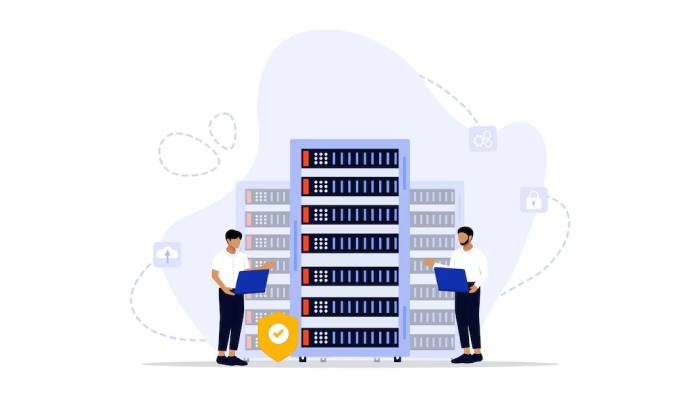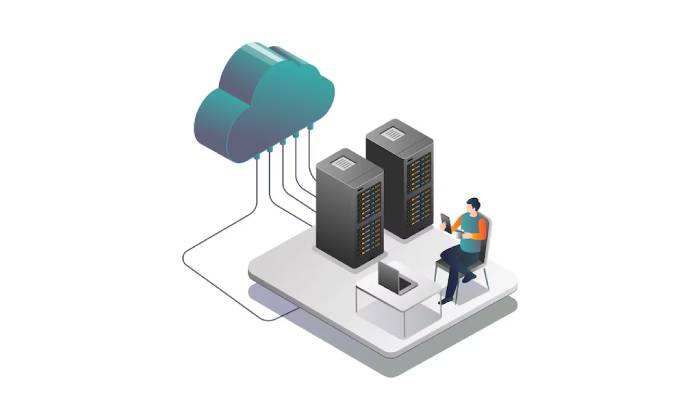
Integrating AWS Web Application Firewall (WAF) with other AWS services can enhance your web application’s security. First, understand that AWS WAF protects against common exploits by monitoring HTTP(S) requests. To set it up, create a Web Access Control List (ACL), and then define rules based on criteria like IP addresses or request methods. You could connect it with Amazon CloudFront for traffic filtering, application load balancers for managing HTTP traffic, or API Gateway to safeguard APIs. Don’t forget about the logging features; they help monitor threats effectively. Regularly review and tweak your rules to stay ahead of new vulnerabilities, too.
Overview of AWS WAF
AWS Web Application Firewall is designed to protect web applications from common threats like SQL injection and cross-site scripting. It works by monitoring HTTP and HTTPS requests sent to your resources, allowing you to define and enforce rules that control access based on specific criteria. This means you can filter out unwanted traffic, ensuring that only legitimate users can access your applications. AWS WAF integrates seamlessly with various AWS services, including CloudFront and Application Load Balancers, which enhances its ability to safeguard applications right at the edge or before they reach your back-end servers. For instance, if you’re using CloudFront to deliver content globally, AWS WAF can help you block malicious traffic before it even reaches your origin servers, thereby enhancing security and performance.

Integration with Amazon CloudFront
Integrating AWS WAF with Amazon CloudFront enhances security for your web applications by filtering traffic at the edge locations. When you set up AWS WAF with CloudFront, you can define Web Access Control Lists (ACLs) that determine which requests should be allowed or blocked before they reach your origin servers. This proactive approach helps mitigate threats like SQL injection and cross-site scripting. For example, if a malicious user attempts to send harmful requests, AWS WAF can intercept these attempts based on the rules you’ve established, ensuring that only legitimate traffic is forwarded to your application.
To get started, you simply create a Web ACL in the AWS WAF console and associate it with your CloudFront distribution. You can leverage managed rule groups provided by AWS, which include pre-configured rules that protect against common web exploits. Additionally, custom rules can be tailored to meet specific needs, allowing you to block requests from known bad IPs or filter requests based on geographic location.
Integration with Application Load Balancer
Integrating AWS WAF with an Application Load Balancer (ALB) is a straightforward process that significantly enhances the security of your applications. When you associate AWS WAF with an ALB, you can manage and filter HTTP traffic before it reaches your application. This setup allows you to define specific rules that can allow, block, or count requests based on certain criteria, such as the IP address of the incoming request or the presence of specific query strings.
For example, if your application experiences a high volume of traffic from a particular geographic region that you suspect may be malicious, you can create rules in AWS WAF to block requests from that region. This proactive approach helps to mitigate potential threats before they impact your application.
Integration with Amazon API Gateway
Integrating AWS WAF with Amazon API Gateway is a straightforward process that enhances the security of your APIs. To start, you’ll first need to create a Web ACL in AWS WAF, which allows you to define rules for filtering incoming API requests based on various criteria such as IP addresses, request headers, and geographical locations. Once your Web ACL is set up, you can associate it with your API Gateway stage. This association ensures that all incoming requests to your APIs are evaluated against the defined WAF rules before they reach your backend services.
For example, if you have a public API that is susceptible to SQL injection attacks, you can create a rule in AWS WAF to identify and block such attempts. By doing this, you not only protect your API but also reduce the risk of data breaches and unauthorized access. AWS WAF also offers managed rule groups that contain pre-configured rules to protect against common threats, making it easier to implement robust security without extensive configuration.
Integration with AWS AppSync
Integrating AWS WAF with AWS AppSync provides an essential layer of security for your GraphQL APIs. By doing this, you can protect your applications from common web exploits and malicious traffic. The process starts with creating a Web Access Control List (ACL), which is a set of rules that define what traffic is allowed or blocked. You can specify conditions based on IP addresses, HTTP headers, and even geographic locations. Once the rules are defined, you associate the Web ACL directly with your AppSync API.
For example, if your AppSync API is exposed to the internet, an attacker might attempt to exploit vulnerabilities in the GraphQL queries. By implementing AWS WAF, you can create rules that explicitly block such harmful requests. You can also use managed rule groups provided by AWS, which come pre-configured to handle common threats, allowing you to set up protection quickly.
Integration with Amazon Cognito
Integrating AWS WAF with Amazon Cognito enhances security for user pools, which manage user identities and authenticate them across applications. By applying AWS WAF rules to Cognito, you can protect against common attacks like SQL injection and cross-site scripting that could target user authentication endpoints. This is especially important as user data is sensitive and must be secured. For instance, you can create rules that block requests from known malicious IP addresses or that enforce rate limiting to prevent brute-force attacks on user logins. Additionally, using managed rule groups from AWS WAF can simplify the setup process, as these rules are pre-configured to address frequent threats. Monitoring the logs generated by AWS WAF in conjunction with Cognito allows for real-time insights into potential security issues, helping to maintain a secure user authentication process.
Integration with AWS App Runner
Integrating AWS WAF with AWS App Runner is a straightforward yet effective way to enhance the security of your web applications. AWS App Runner allows you to build and run containerized web applications with ease, but like any service hosting web traffic, it needs protection from potential threats. To integrate AWS WAF with App Runner, you start by creating a Web Access Control List (ACL), which acts as the first line of defense against malicious requests.
Once your Web ACL is set up, you can define rules tailored to your application’s needs. For instance, you might want to block requests from specific geographic locations or limit access based on request methods. These rules help ensure that only legitimate traffic reaches your application, keeping data safe and services running smoothly.
Setting Up AWS WAF
To set up AWS WAF, you’ll start by creating a Web Access Control List (ACL), which is crucial for defining how traffic to your web applications is managed. Once the ACL is in place, you should define specific rules that dictate how AWS WAF responds to incoming requests. These rules can allow, block, or count requests based on criteria such as IP addresses, geographic locations, and HTTP request methods. After setting up your rules, the next step is to associate the Web ACL with the AWS resources you intend to protect, like Amazon CloudFront or an Application Load Balancer. This integration ensures that AWS WAF is actively filtering traffic before it reaches your applications. For example, if you have an e-commerce site, you might want to block requests from known malicious IP addresses while allowing legitimate traffic to flow through.